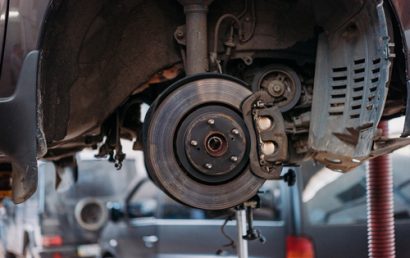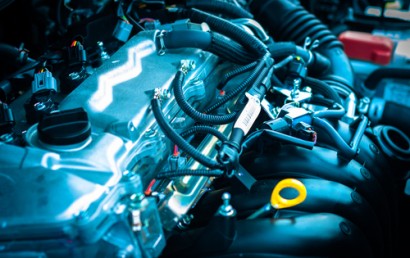How Do Thermal Barrier Coatings Benefit The Target Material?
TBCs or thermal barrier coatings are about three decades old. Their initial development was to benefit manufacturers of engines. Fuel efficiency and engine performance were to be improved because the TBC’s would allow higher operating temperatures. Even with the high temps, maintenance costs would be reduced, the lifetime of the engine would be improved, and costs and emissions would be reduced.
Problems Early on
In theory, TBCs were a great idea. But in their early stages, problems arose. They were exposed to harsh environmental conditions and hot gas and, because of that, a particular phenomenon occurred. They degraded! So much for their effectiveness.
Researchers, however, came to the rescue. Their performance and durability had to be increased. And though improvements have been made, research is still ongoing. There’s always room for improvement, after all.
Today’s Thermal Barrier Coatings
A thermal barrier coating is made up of two layers: a ceramic topcoat and a metallic bond coat. A number of processes can be used to apply thermal barrier coatings.
- HVOF coating
- Metallizing
- Spray and fuse hard facing
- Plasma spray coating
Today’s thermal barrier coatings are used on gas turbine parts, aerial engines, and more. If high temperatures are in the mix, there is every chance that thermal barrier coatings have been used to protect parts or components.
How Modern Thermal Barrier Coatings Are Achieved
Several key components are incorporated in order to achieve the superior results offered by today’s thermal barrier coatings. Here are the key components (in no particular order):
- Thermally grown ceramic oxide makes up one layer.
- There is a bond coat as described below (see “Let’s Kick It up a Notch”).
- The metal substrate is an important component.
- And finally, the final layer of a thermal barrier coating is the ceramic topcoat.
Thermal Barrier Coatings – The Benefits
And here is where we get down to it. Why would you use thermal barrier coatings? The benefits to the target material and machines containing treated parts are plentiful, indeed. Just to name a few:
- Metal structural components are protected from temperatures that range to extreme limits.
- The lifespan of parts and components can be increased exponentially.
- Components that operate under extreme stress and fatigue are better protected, thereby reducing negative effects.
- These coatings have a distinctive low thermal conductivity.
- High thermo-mechanical stability is provided
- Engine power is increased.
- Fuel economy is improved.
- Fuel consumption is reduced.
Let’s Kick It up a Notch!
The above advantages can be increased even more when, to aid in the thermal barrier coating’s adhesion, a bonding layer is used. Added benefits can include significant reduction in top coat stress, as well as tougher and more resistant coatings. In essence, when a bonding layer is used, thermal shock resistance is increased improving the thermal barrier coating’s overall lifespan.
At A&A Coatings, we specialize in all types of thermal spray coatings – thermal barrier coatings being only one in an impressive array of services. Additionally, we offer lapping, grinding, machining capabilities, and more. We have devoted our efforts to the thermal spray coating industry for over 70 years and show no signs of slowing down. If you would like to find out more about what we have to offer and what our coatings can do for your business, contact us today.




